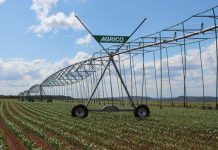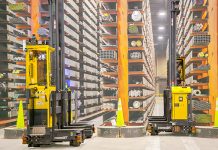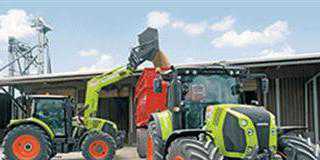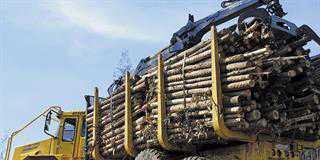Pressure is mounting on nations and big businesses to take steps to reduce carbon emissions. One of the clearest and most urgent areas for change is in commercial transport – one of the biggest single sources of carbon emissions in global supply chains.
Now, leading supply-chain management company Barloworld Logistics has unveiled a key initiative with a commitment to innovation and environmental sustainability. Barloworld Logistics has developed a green trailer – an interlink taut liner trailer combination which, through some practical innovation, uses less fuel.
The green pioneer
The Barloworld Logistics green trailer project is an important first step for sustainable road transportation solutions in the industry. It is a commendable innovation in reducing carbon emissions using a practical, operationally sound business principle.
Francois van Rensburg, divisional director of Barloworld Logistics says, “Overall eight out of 10 businesses who responded to a supply-chain/foresight research study in 2009 indicated that increasing transport efficiency is a leading initiative to benefit the environment. Transport is the biggest area in logistics that affects the environment directly, but is one of the easiest components to address strategically.
According to a Council for Scientific and Industrial Research study, vehicles are responsible for about 13% of South Africa’s total greenhouse gas emissions. Our thinking, therefore, was that an innovative approach to the problem would be one that tackles the transport issue head on.” The green trailer project focuses on sustainability and profitability as two sides of the same coin, and so strives towards operational excellence.
Collaborating for success
Another key aspect to the project was the way in which industry specialists and service providers collaborated to achieve a worthy goal. As Van Rensburg puts it, “The realisation of the project is an example of collaboration in action. Many people in the supply chain and transport industries talk about the necessity for collaboration, but this project illustrates what can be achieved when experts in the field work towards a common goal.”
Van Rensburg continues, “All changes made to the green trailer are within the bounds of legislation. It was also decided that whatever changes we made would be backed by research and that these changes would be practical in normal operating conditions. The focus of the project was therefore to provide a sustainable transport solution for our clients that is practical and complies with legislation.”
Initial simulations of UK research personalised for the green trailer showed that once all these changes were made, there was a 35% drop in the total drag at a constant speed of between 70km/h and 80km/h. Van Rensburg says that, “Expected fuel saving from the green trailer project for the next six months will be between 6% and 8%. So, significant savings – and environmental protection – can be achieved with existing transport fleets and new technology.”













